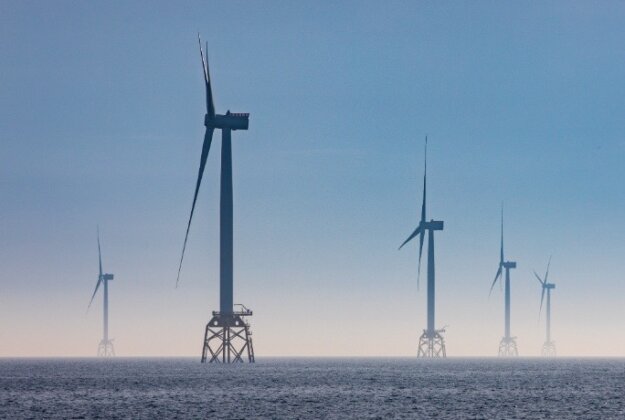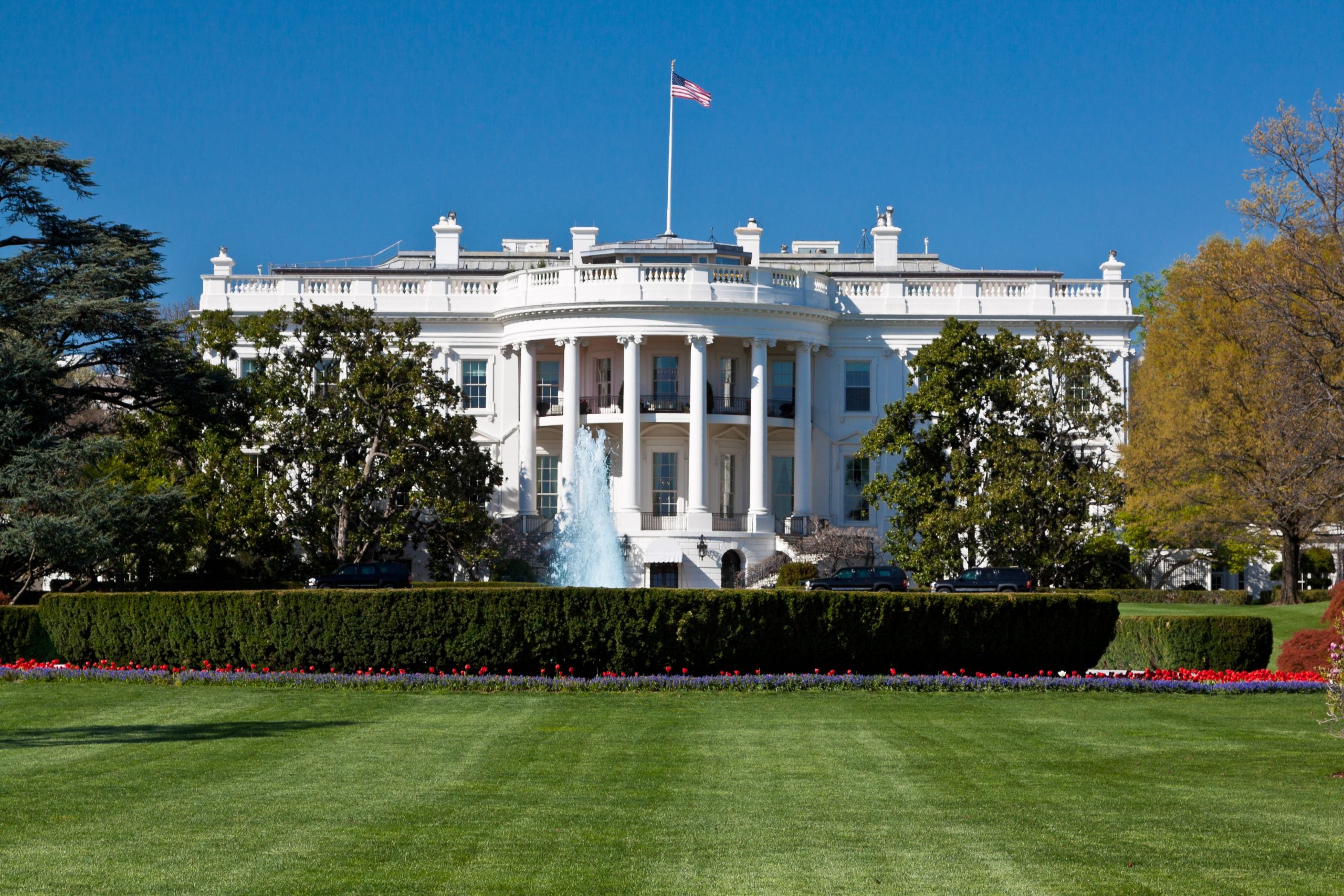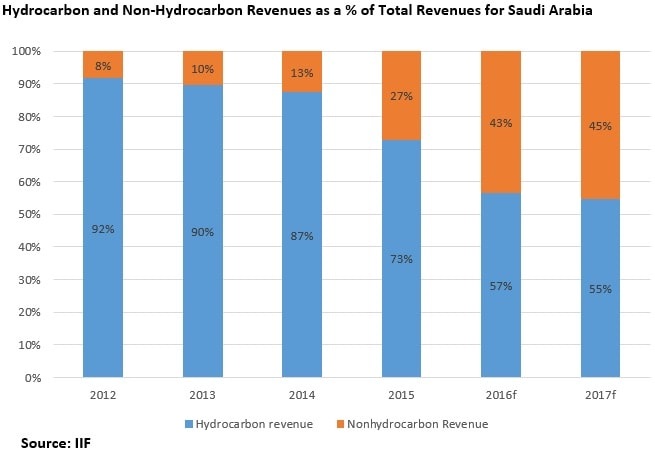High Costs Jeopardize Offshore Wind Farm Development

Table of Contents
Soaring Material and Component Costs
The escalating cost of materials and components is a primary driver behind the financial strain on offshore wind farm development. Several factors contribute to this issue:
-
Increased demand for steel, concrete, and specialized components: The global surge in demand for renewable energy infrastructure has led to a significant increase in the price of essential materials like steel, concrete, and specialized components used in turbine construction and foundation installation. This increased competition for resources directly impacts project budgets.
-
Global inflation significantly impacts project budgets: The global inflationary environment has exacerbated the already high material costs. Increased transportation costs, labor expenses, and manufacturing overheads further inflate project budgets, making it challenging to stay within financial projections.
-
Supply chain bottlenecks create delays and escalate costs: Disruptions to global supply chains, exacerbated by geopolitical events and the lingering effects of the COVID-19 pandemic, have led to significant delays and increased costs for sourcing essential components. This unpredictability makes accurate cost forecasting difficult and increases the overall project risk.
-
The scarcity of rare earth metals used in turbine manufacturing adds to the cost burden: Rare earth metals are crucial components in the manufacturing of wind turbines, particularly in their generators and magnets. The limited supply and geopolitical concentration of these metals contribute to their high cost and create vulnerability within the supply chain. For example, neodymium and dysprosium price fluctuations directly impact turbine manufacturing costs.
Complex Permitting and Regulatory Hurdles
Navigating the regulatory landscape is another significant challenge that drives up the cost of offshore wind farm development. The complexity and length of permitting processes add considerable time and expense:
-
Lengthy and complex permitting processes add significant time and financial burdens: Securing all necessary permits and approvals often involves navigating multiple regulatory agencies and stakeholders, leading to extended timelines and increased legal and consulting fees.
-
Environmental impact assessments and public consultations can lead to delays: Comprehensive environmental impact assessments and extensive public consultations, while crucial for responsible development, can significantly prolong the permitting process. These processes often necessitate extensive studies and mitigation strategies, increasing costs.
-
Grid connection challenges and infrastructure limitations increase project costs: Connecting offshore wind farms to the existing electricity grid presents significant logistical and infrastructural challenges. Upgrading transmission lines and substations to accommodate the influx of renewable energy adds considerably to the overall project cost. This is particularly challenging in regions with limited existing grid capacity.
-
Differing regulations across different countries: The regulatory framework governing offshore wind energy development varies significantly across countries, leading to added complexity for international projects. Developers must navigate diverse legal and administrative processes, adding to the overall cost and risk.
Challenges in Project Financing and Investment
The high costs associated with offshore wind farm development significantly impact project financing and investment decisions:
-
Increased costs make offshore wind projects less attractive to investors: The escalating capital expenditures and operational expenses make offshore wind projects riskier and less attractive to investors compared to other energy infrastructure investments.
-
Higher risk profiles due to cost uncertainties and delays reduce investor confidence: The uncertainties associated with material costs, permitting delays, and supply chain disruptions increase the perceived risk for investors, making it harder to secure financing.
-
The need for substantial upfront investment presents a barrier to entry for developers: The significant upfront capital investment required for offshore wind farm development presents a significant barrier to entry for many developers, limiting competition and potentially hindering innovation.
-
Rising interest rates impact project financing: The current global environment of rising interest rates further increases the cost of borrowing and makes project financing more challenging, impacting the overall financial viability of projects. The increased cost of debt financing adds significantly to the overall project cost.
The Impact on the Energy Transition
The high costs of offshore wind farm development pose a serious threat to the global energy transition and the achievement of climate goals:
-
Rising costs could slow down the deployment of offshore wind energy, hindering the energy transition: The economic challenges associated with offshore wind development could hinder the widespread adoption of this crucial renewable energy source, delaying the much-needed shift away from fossil fuels.
-
Delayed project rollouts impact the achievement of renewable energy targets: The delays caused by high costs and complex permitting processes could jeopardize the achievement of national and international renewable energy targets, impacting efforts to mitigate climate change.
-
Implications for climate change goals and energy security are significant: Slowing down the development of offshore wind energy directly impacts the ability to reduce greenhouse gas emissions and enhance energy security, thereby potentially exacerbating climate change and energy dependence.
Conclusion:
The escalating costs associated with offshore wind farm development pose a serious threat to the expansion of this vital renewable energy source. Soaring material prices, complex permitting processes, and financing challenges create significant risks for project developers and investors, potentially slowing down the crucial energy transition. Addressing the high costs of offshore wind farm development requires a multifaceted approach involving streamlined permitting processes, government support for innovative technologies, and improved supply chain resilience. We need to find sustainable solutions to unlock the full potential of offshore wind energy and ensure a successful transition to a cleaner, more sustainable energy future. Investing in innovative solutions and efficient processes is crucial to making offshore wind farm development economically viable and contributing to a healthier planet.

Featured Posts
-
 Bayern Munich And Manchester United Remember Poppy Atkinson
May 03, 2025
Bayern Munich And Manchester United Remember Poppy Atkinson
May 03, 2025 -
 Honest Relationships Exploring The Promise And Problems Of Smart Rings
May 03, 2025
Honest Relationships Exploring The Promise And Problems Of Smart Rings
May 03, 2025 -
 Why Graeme Souness Sees Special Potential In Lewis Skelly
May 03, 2025
Why Graeme Souness Sees Special Potential In Lewis Skelly
May 03, 2025 -
 White House Cocaine Found Secret Service Investigation Concludes
May 03, 2025
White House Cocaine Found Secret Service Investigation Concludes
May 03, 2025 -
 Significant Saudi Rule Change Reshapes The Abs Market Landscape
May 03, 2025
Significant Saudi Rule Change Reshapes The Abs Market Landscape
May 03, 2025
Latest Posts
-
 From Repetitive Documents To Profound Podcasts The Power Of Ai
May 04, 2025
From Repetitive Documents To Profound Podcasts The Power Of Ai
May 04, 2025 -
 Ai Driven Podcast Creation From Scatological Data To Engaging Content
May 04, 2025
Ai Driven Podcast Creation From Scatological Data To Engaging Content
May 04, 2025 -
 Will The Opposition Break The Paps Hold On Power In Singapore
May 04, 2025
Will The Opposition Break The Paps Hold On Power In Singapore
May 04, 2025 -
 Turning Poop Into Profit An Ai Powered Podcast Revolution
May 04, 2025
Turning Poop Into Profit An Ai Powered Podcast Revolution
May 04, 2025 -
 Singapore Election Assessing The Oppositions Chances
May 04, 2025
Singapore Election Assessing The Oppositions Chances
May 04, 2025
